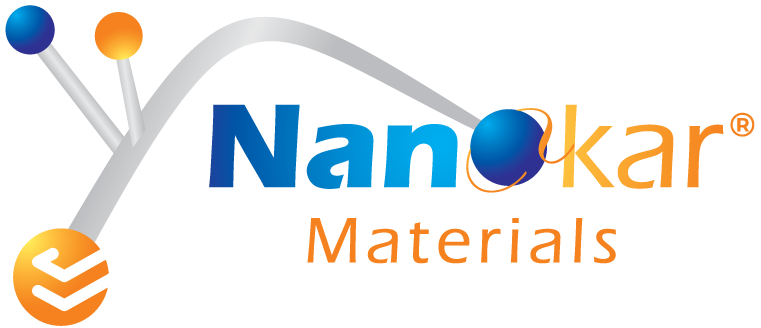What is Gold (Au) Nanopowder/Nanoparticles Dispersion?
Gold (Au) Nanopowder/Nanoparticles Dispersion consists of highly stable gold nanoparticles suspended in a liquid medium, typically water, ethanol, or other organic solvents. These nanodispersions are widely used in biomedical applications, electronics, catalysis, and optical coatings due to their excellent conductivity, chemical stability, and biocompatibility.
Chemical Properties and CAS Number
- Material: Gold (Au) Nanoparticles
- CAS Number: 7440-57-5
- Molecular Weight: 196.97 g/mol
- Particle Size: 2 – 100 nm (varies based on synthesis method)
- Shape: Spherical, Rod, Cube (varies by application)
- Density: 19.32 g/cm³
- Melting Point: 1,064°C
- Boiling Point: 2,700°C
- Thermal Conductivity: 318 W/m·K
- Electrical Conductivity: High
- Surface Charge: Can be functionalized (e.g., citrate, PEG, thiol-based ligands)
Applications of Gold (Au) Nanopowder/Nanoparticles Dispersion
1. Biomedical & Pharmaceutical Applications
- Used in targeted drug delivery and cancer therapy (photothermal therapy – PTT).
- Functionalized for biosensors, imaging, and diagnostic applications.
- Applied in COVID-19 and other rapid diagnostic test kits (Lateral Flow Assays – LFA).
- Used for antibacterial coatings in medical devices.
2. Electronics & Semiconductor Industry
- Conductive inks for flexible and printed electronics.
- Used in gold-based nanoelectronics and microcircuits.
- Enhances performance of organic light-emitting diodes (OLEDs).
- Applied in thin-film transistors and MEMS/NEMS devices.
3. Catalysis & Chemical Applications
- Acts as a highly efficient catalyst in fuel cells.
- Used in environmental catalysis, air purification, and CO oxidation reactions.
- Enhances hydrogenation and oxidation reactions in chemical industries.
4. Optical & Plasmonic Applications
- Utilized in surface-enhanced Raman spectroscopy (SERS) for chemical sensing.
- Applied in plasmonic photovoltaic cells and light-harvesting technologies.
- Used in smart glass coatings for heat management.
5. Aerospace & Defense Applications
- Used in high-reflectivity coatings for satellite mirrors and space applications.
- Enhances performance of optical and thermal shielding materials.
6. Energy Storage & Battery Applications
- Improves performance in lithium-ion batteries and supercapacitors.
- Applied in nano-engineered energy storage materials.
Pricing of Gold (Au) Nanopowder/Nanoparticles Dispersion
Pricing varies based on purity, dispersion medium, particle size, functionalization, and order volume:
- Lab-Scale Orders: $100 – $1,500 per 10 mL (depending on concentration)
- Industrial Orders: $2,500 – $10,000 per 100 mL
- Bulk Purchases: Custom pricing available
Factors Influencing Pricing
- Gold purity (99.99% or higher preferred for biomedical use)
- Particle size and shape (smaller particles typically cost more)
- Functionalization (e.g., PEGylation, citrate stabilization, thiol modification)
- Dispersion medium (water, ethanol, organic solvents, or surfactant-based suspensions)
- Batch production vs. customized synthesis
- Shipping and storage requirements
Conclusion
Gold (Au) Nanopowder/Nanoparticles Dispersion is a versatile nanomaterial with applications in biomedicine, electronics, catalysis, and optical technologies. Its high stability, conductivity, and biocompatibility make it a valuable component in advanced research, high-tech manufacturing, and medical diagnostics.
